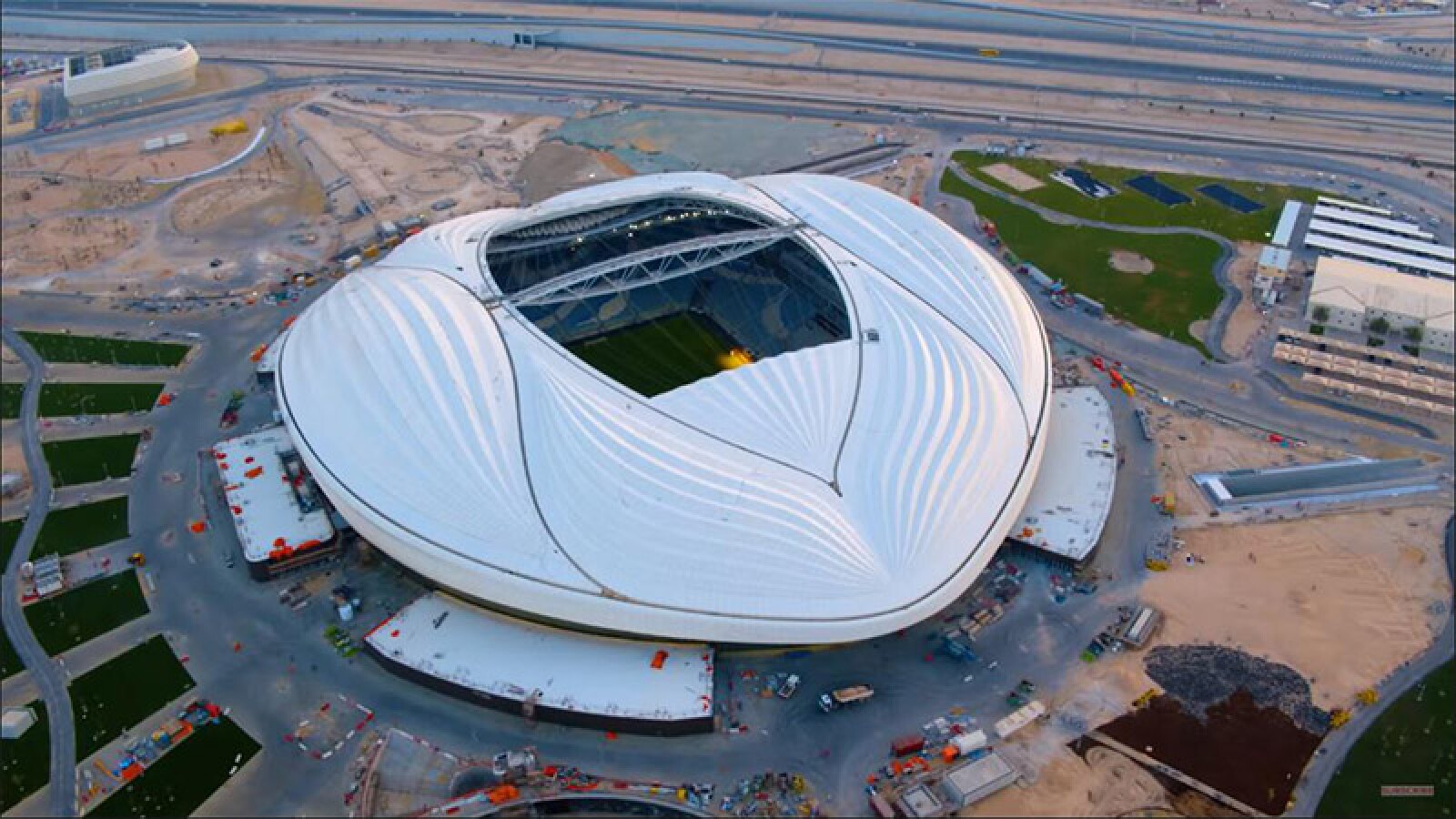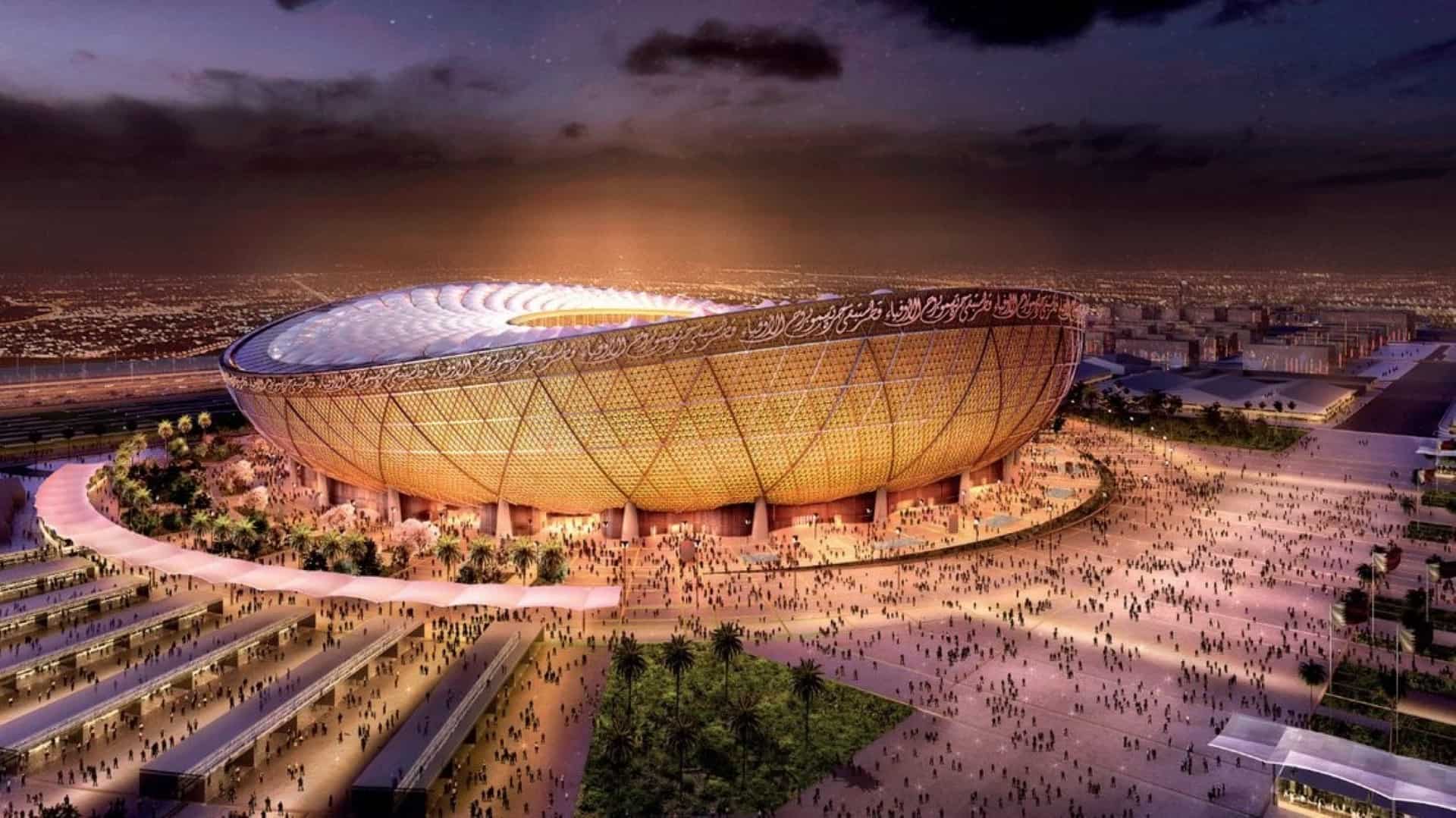
Al Janoub Stadium - Capacity: 40,000
Al Janoub Stadium, also known as Al Wakrah Stadium, is a remarkable venue that played a significant role in the FIFA World Cup 2022, situated in the city of Al Wakrah, south of Qatar's capital, Doha. With a seating capacity of around 40,000 spectators, the stadium's most distinctive feature is its architectural design, inspired by the elegant sails of traditional Arabian dhows. This design pays homage to Qatar's maritime heritage, symbolizing its historical connection to the sea and trading. Built with sustainability in mind, Al Janoub Stadium is an exemplar of eco-friendliness, aiming for a LEED Gold certification. The stadium's retractable roof adds to its unique features, providing shade for fans and contributing to a comfortable environment. During the World Cup, Al Janoub Stadium hosted several matches, including group stage fixtures, a round of 16 match, and a quarter-final match. Beyond the tournament, the stadium's legacy plan involves repurposing it for community activities. The modular upper tier will be removed, transforming the stadium into a more intimate space with a seating capacity of 20,000. This enduring approach reflects Qatar's commitment to sustainable infrastructure and local engagement. Al Janoub Stadium stands as a symbol of Qatar's harmonious blend of contemporary innovation and cultural heritage. It represents the nation's aspiration to showcase its rich traditions while embracing the future. Its legacy, as a vibrant community hub, underscores Qatar's dedication to leaving a positive impact far beyond the football field.
